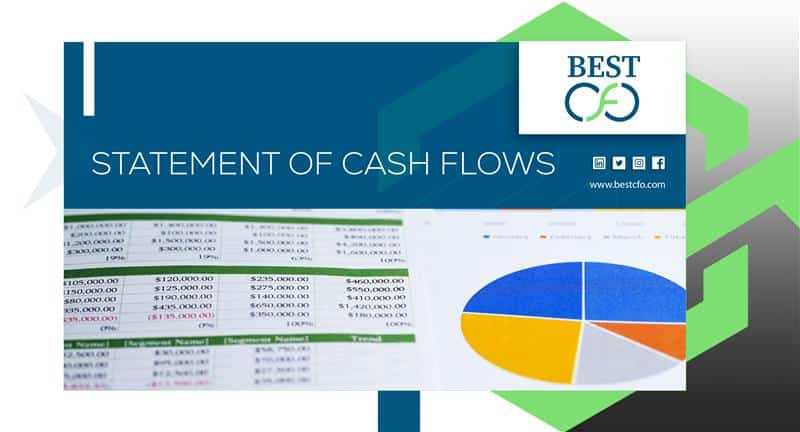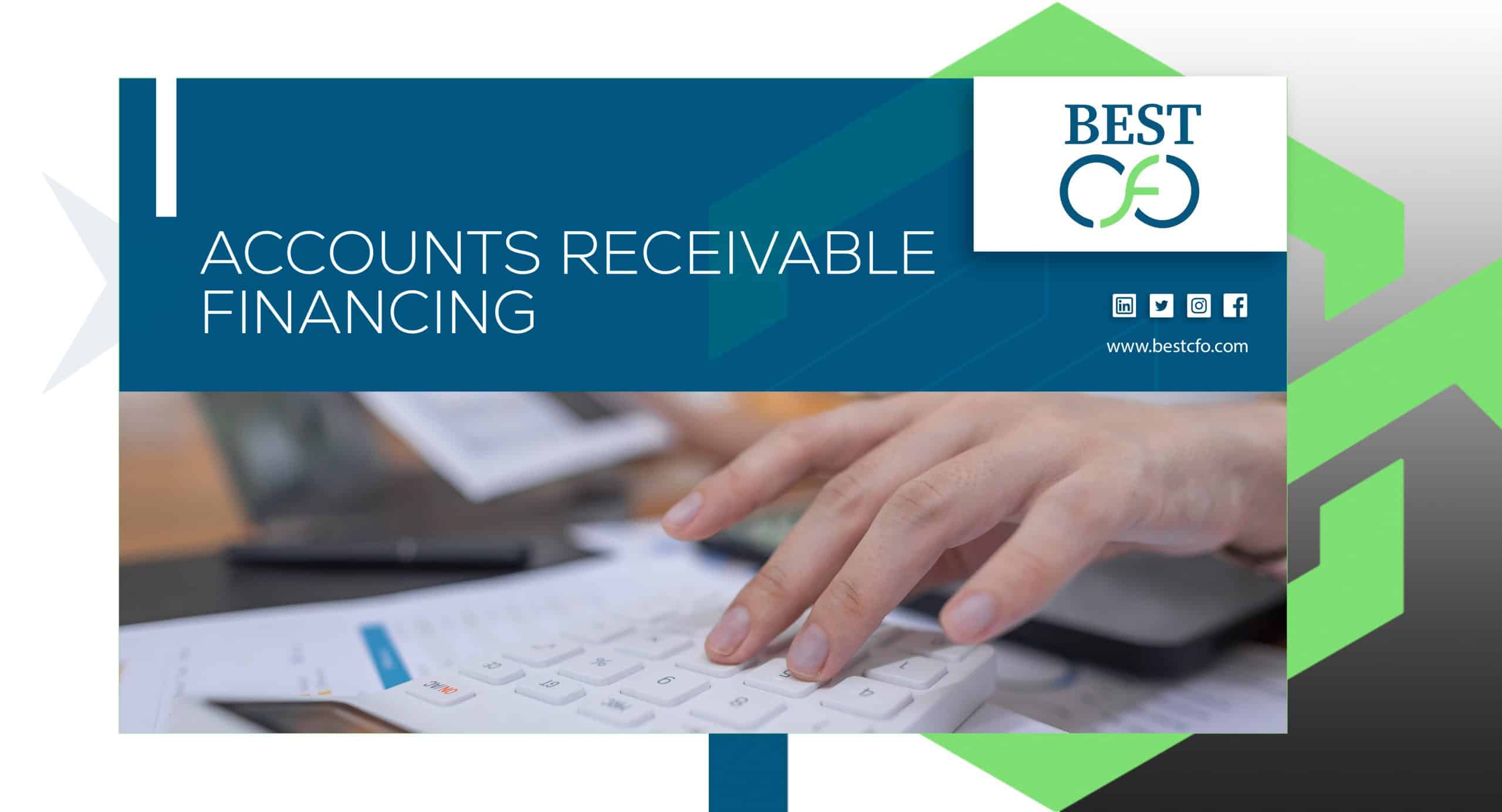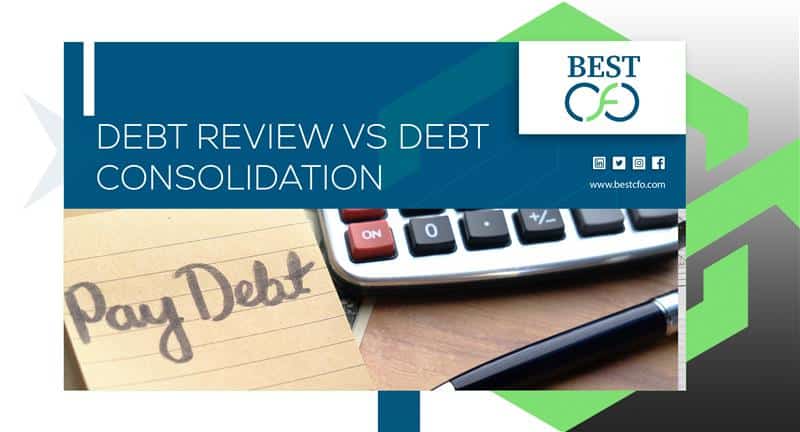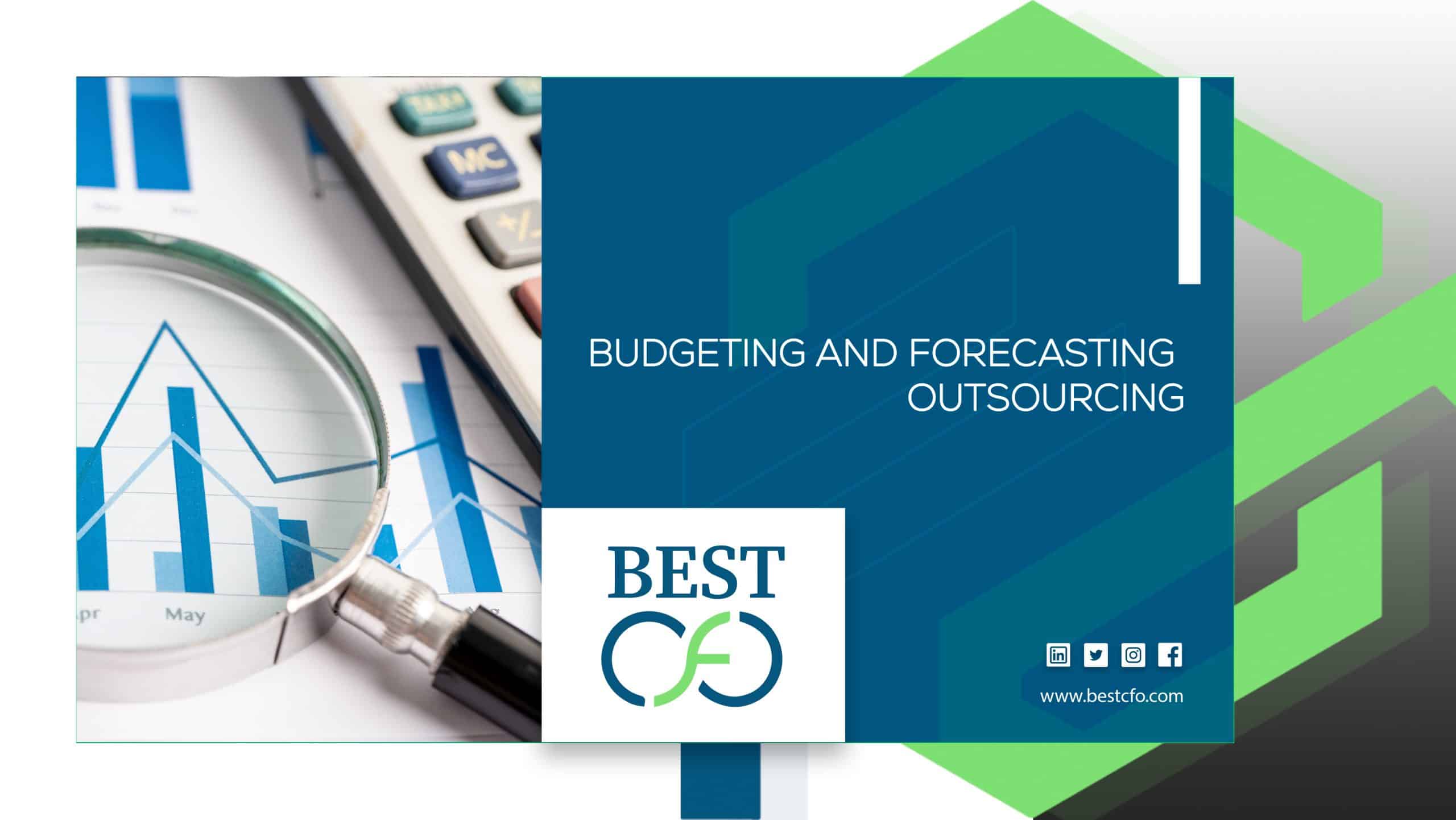
| Getting your Trinity Audio player ready... |
What Are The Sections of The Statement of Cash Flows?
Imagine trying to run your home without knowing how much money is coming in or going out. Sounds stressful, right? That’s exactly why businesses and investors rely on something called a Statement of Cash Flows. It’s a financial tool that helps companies track the money flowing in and out—like a detailed money diary.
The cash flow statement is one of the big three financial statements, sitting alongside the income statement and balance sheet. Its main job? To show how a business earns and spends its cash over time. This matters because even profitable companies can run into trouble if they don’t manage their cash well.
The purpose of this statement is simple: it highlights a business’s liquidity, operational strength, and overall financial health. Whether you’re a small startup company or a giant public company, this statement gives insight into how you keep your business alive day-to-day.
Here’s the key takeaway: the statement of cash flows is split into three main parts—Operating, Investing, and Financing Activities. Let’s walk through each section so you can understand how they work together.
Understanding the Statement of Cash Flows
The statement of cash flows is a detailed report that shows how cash enters and leaves a business during a specific period. It’s one of the three major financial statements, along with the income statement and the balance sheet. While the income statement shows profits and losses, the cash flow statement focuses only on real payments and receipts.
Two Ways to Prepare It
There are two ways to build a cash flow statement:
- Direct Method: Lists actual cash payments and receipts (like cash received from customers or paid to suppliers). It’s more transparent but less commonly used.
- Indirect Method: Starts with net income and adjusts for non-cash items like depreciation or changes in accounts receivable. This method is more widely used in practice.
Why It Matters for Businesses
Businesses need the cash flow statement to:
- Measure if they have enough cash to cover expenses.
- Predict future financial performance.
- Help managers, investors, and lenders make smart decisions.
It’s a vital tool in cash flow management, especially when assessing things like solvency, liquidity, and long-term success.
The Three Main Sections of the Statement of Cash Flows
Here are the three main sections of the statement of cash flows:
Cash Flows from Operating Activities
This section tracks cash that comes in or goes out from regular business operations. Think of it as your daily business hustle—selling products, paying staff, and managing bills.
Cash Inflows:
- Money from selling goods or services (aka sales or revenue)
- Interest and dividends received
Cash Outflows:
- Payments to suppliers and staff
- Income tax and interest payments
Direct vs. Indirect Method:
- The indirect method begins with net income and adjusts for non-cash items like amortization or changes in working capital.
- The direct method just lists actual cash transactions (e.g., “cash from customers”).
Example: A retail shop earns $10,000 from daily sales (inflow) but pays $4,000 in salary and $2,000 in rent (outflows).
Why It Matters: It shows whether a business can keep itself running without needing a loan or new investment.
Cash Flows from Investing Activities
This section shows how a company is using money to grow or expand. It’s about buying or selling assets like machines, buildings, or securities (finance).
Cash Inflows:
- Selling property, plant, and equipment (PP&E)
- Cash from selling investments like bonds or stock
Cash Outflows:
- Buying fixed assets or spending on capital expenditures
- Acquiring other businesses
Example: A tech company buys new servers for $50,000 (outflow) but sells an old office for $30,000 (inflow).
Why It Matters: Shows if a business is investing wisely to boost future performance.

Cash Flows from Financing Activities
This section is all about how a business raises money and pays it back. It includes borrowing, repaying debt, issuing equity (finance), or paying dividends.
Cash Inflows:
- Raising money through issuing stocks or bonds
- Taking out a loan
Cash Outflows:
- Paying off loans
- Share repurchases and dividend payments
Example: A startup gets $100,000 from an investor (inflow), then later pays out $10,000 in dividends (outflow).
Why It Matters: Helps people understand how a business funds itself and rewards shareholders.
How the Three Sections Interconnect
Each section plays a different role, but together they tell the full money story:
- Operating Activities show if the core business is healthy.
- Investing Activities show how the business is planning for growth.
- Financing Activities indicate the sources of funding for all activities.
Example Scenario: A company earns $200,000 from sales (operating), buys new machinery for $80,000 (investing), and takes a short-term loan for $50,000 (financing). Add them all up and you get the net change in cash.
This combined view helps financial analysts and managers see the bigger picture of cash flow.
Analyzing a Statement of Cash Flows
Not all cash flow patterns are equal. Here’s how to make sense of the numbers:
- Positive Operating + Negative Investing = A growing business investing in its future.
- Negative Operating = A warning sign—maybe the company can’t cover its day-to-day costs.
Key Metrics to Know:
- Free Cash Flow (FCF) = Operating Cash Flow – Capital Expenditures
- Cash Flow Coverage Ratio = Operating Cash Flow / Total Debt
Red Flags to Watch For:
- Always negative operating cash flow
- Heavy use of financing to pay for basic expenses
- Ignoring big changes in inventory or accounts payable
Common Mistakes & Misinterpretations
Even experts mess this up. Here are some traps to avoid:
- Thinking net income equals cash—remember, profits can be reported without actual money changing hands.
- Ignoring non-cash adjustments like depreciation or amortization
- Forgetting to look at financing cash flows when analyzing business health
A clear look at the cash flow statement helps avoid financial blind spots.
Real-World Example: Apple’s Statement of Cash Flows
Let’s peek at a real corporation: Apple.
- Operating Activities: Apple makes strong cash from iPhone sales and services like iCloud.
- Investing Activities: It spends on research, tech facilities, and securities.
- Financing Activities: Apple often buys back its own stock and pays regular dividends.
This mix shows a mature business with smart financial planning and plenty of cash to keep going and grow.
Conclusion
To wrap things up, understanding the Sections of the Statement of Cash Flows gives you a clearer picture of how money moves in a company. Each section—Operating, Investing, and Financing—tells part of the story. Put them together and you’ve got the full view.
Whether you’re learning accounting, managing a business, or preparing for a financial analyst exam, knowing how to read a cash flow statement is a must. And if you need professional help managing your finances, consider working with the Best CFO to guide your strategy.
FAQs
1: What’s the difference between the cash flow statement and the income statement?
The income statement shows profits and losses; the cash flow statement shows actual cash in and out.
2: Why is cash flow more important than net income?
You can be profitable but still run out of cash. Cash flow tells you if you can pay your bills now.
3: What’s capital expenditure?
Money spent to buy or fix assets like machines or buildings. It shows up in the investing section.
4: Can a company survive with negative cash flow?
Sometimes, like in early startup phases, yes. But long-term negative cash flow can be risky.
5: Who uses the cash flow statement?
Investors, banks, CFOs, and even government agencies like the U.S. Securities and Exchange Commission use it to assess business health.
Previous Post
Hiring a Tax Accountant vs CPA: Which is Right for You?
Post a comment Cancel reply
Related Posts
The 13-Week Cash Flow Model Every Business Needs
How to Improve Your Bad Debt to Equity Ratio: A Complete Guide If you’ve ever…
Accounts Receivable Financing: Pros and Cons You Need to Know
How to Improve Your Bad Debt to Equity Ratio: A Complete Guide If you’ve ever…
Debt Review vs Debt Consolidation – Key Differences Explained
CFO Automation: Why Finance Leaders Can’t Afford to Ignore It “60% of all finance tasks…
Cash Flow Insights: How a Business Line of Credit Keeps You Agile
How To Prepare Annual Budget For A Company: An Ultimate Guide When it comes to…
 Demos
Demos  Colors
Colors  Docs
Docs  Support
Support 














